The authoritarian turn: on the crisis of the Polish institutions of contemporary art
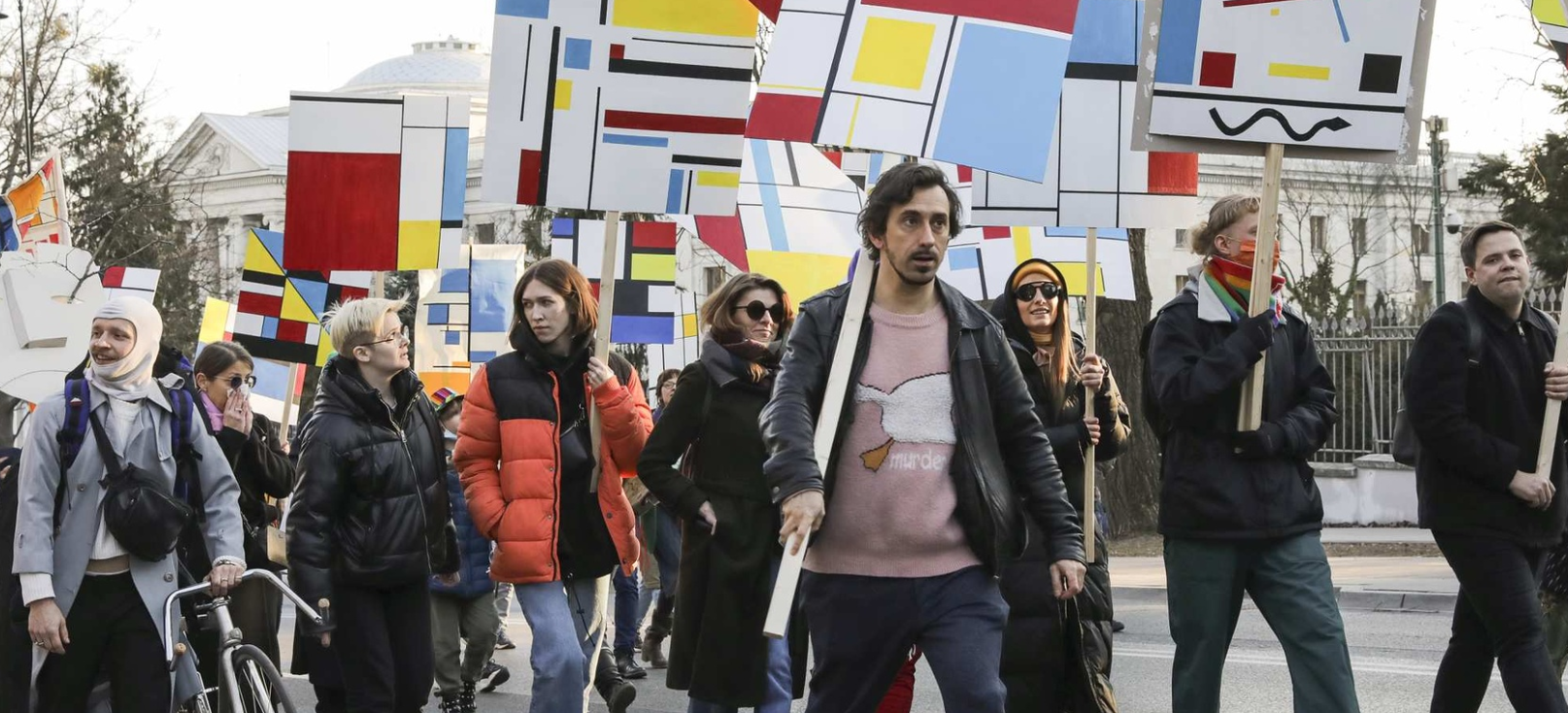
Written by Kuba Szreder. Originally published by Metropolis M, 1 March 2023.
The art world in Poland has traditionally been heavily controlled by the state, with government subsidies pushing the art sector in certain directions. Currently, the right-wing populist party PiS is in power, appointing art directors who share its strict conservative, far-right programme all across the country. How is the art world dealing with this?
Since February 2022, artistic life in Poland has been overshadowed by the brutal Russian invasion in Ukraine and the looming energy crisis. The distress caused by the politically motivated appointments of party loyalists to the important directorial positions pale in comparison with the open, brutal warfare, when rockets rain at civilians just 400 kilometres from Warsaw. When the invasion started, the vast majority of my friends and colleagues, who since years had been fighting to stem the right-wing assault on contemporary art, profoundly shifted their priorities. Currently, the political direction of institutions – as important as it remains to be – seems to be dwarfed by more down-to-earth problems, such as how to heat a museum, an art academy or a contemporary art centre when the energy bills are expected to raise as much as tenfold, and the budgets are on a shoe-string already.
While keeping this larger picture in mind, let me zoom in on the main tenets of the right-wing cultural policies, as they have unfolded in Poland over the scope of the last six years. The most visible effect of right-wing policies in contemporary art was the takeover of major museums and contemporary art centres by directors loyal to the ruling party. First and foremost it was aimed at the institutions under the direct supervision of the Polish Ministry of Culture that has been under the firm control of prof. Piotr Glinski since 2016.
The most high-profile and controversial cases include institutions that play key roles in the artistic ecosystem: National Gallery of Art Zacheta and CCA Ujazdowski Castle in Warsaw, and the Museum of Art in Łódź. Zacheta is a key regulator of the Polish art scene, not only as exhibition space with the longest tradition in Poland, hosting the most prominent collection of Polish modern and contemporary art, but also as an operator of many ministerial programs and commissions. It is also in possession of the crown jewel of the art world in Poland: the Polish pavilion at the Venice Biennial. In 2021 the term of its longstanding and respected director Hanna Wróblewska ended. Instead the minister appointed Janusz Janowski, known for his right-wing political credentials. His nomination sparked energetic protests [1], as he was widely criticised as not competent and experienced enough for this leading position [2]. However, until now, he has avoided any major controversies, following with the programs devised by his predecessor. Time will tell how his directorship will unfold.
The most high-profile and controversial cases include institutions that play key roles in the artistic ecosystem: National Gallery of Art Zacheta and CCA Ujazdowski Castle in Warsaw, and the Museum of Art in Łódź
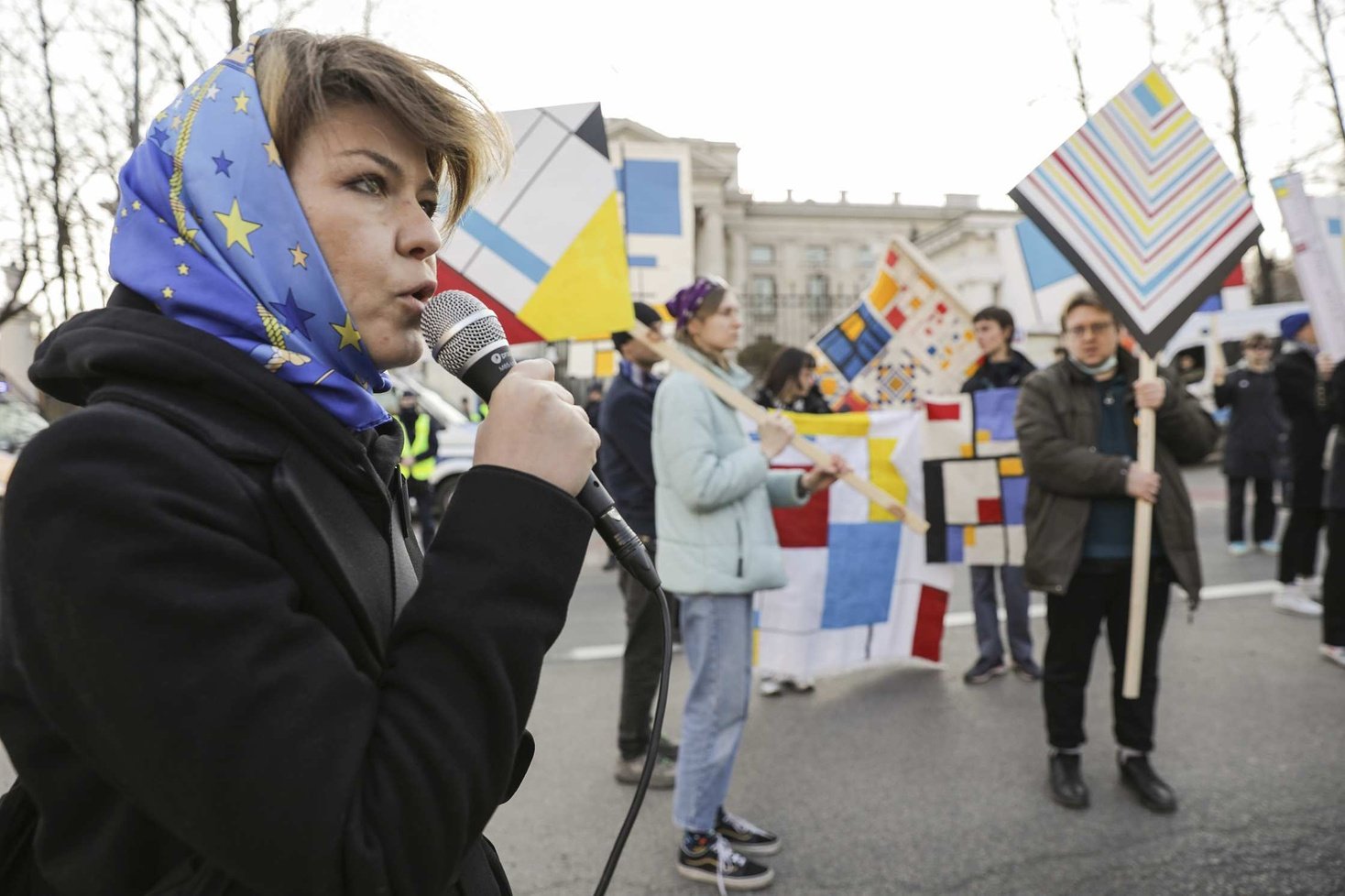
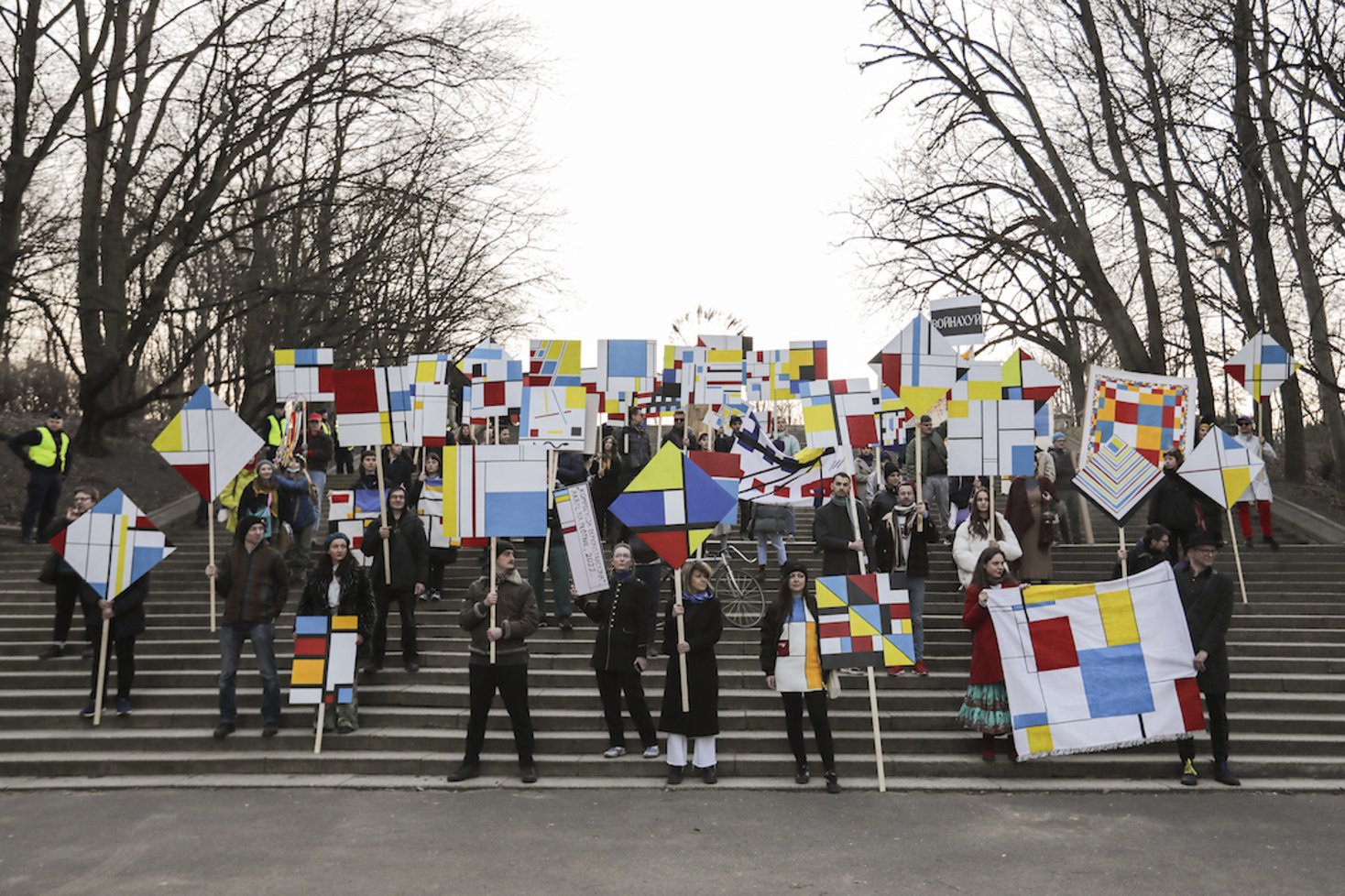
CCA Ujazdowski Castle, established in the early 1990s, is the first CCA in Poland that has spearheaded artistic experimentation since its inception. Piotr Bernatowicz was appointed its director in 2019, provoking protests from both local and international art scenes [3]. Since Bernatowicz’s appointment, he has repeatedly been accused of extreme-right wing bias [4], and platforming artists with neonazi or alt-right provenance, provoking widespread protests [5]. In response to this criticism, he has dressed himself as a culture warrior fighting with the alleged left-liberal censorship, inviting leading figures of American alt-right to support his controversial programs [6]. Interestingly, his reign in the Ujazdowski Castle began with accusations of censorship, as in the early 2022 he was accused of cancelling a seminar series about contemporary fascism organized under the umbrella of the Antifascist Year, after a seminar on the text about antisemitism, written by Theodor Adorno and Max Horkheimer [7].
Early 2022, the Polish art scene was shaken by the surprise dismissal of Jaroslaw Suchan, longstanding director of the Museum of Art in Lódź, the most prominent museum of the first avant-garde in Poland (if not in Europe), established in the 1930s by the avant-garde artists of Group A-R. He was replaced by Piotr Biernacki, an artist and gallerist based in Łowicz, who serves as an interim director of the Museum till the resolution of the procedure aimed at selecting a new permanent direction, to be expected by the end of 2022. This nomination was yet again understood as politically motivated, Biernacki was accused for lacking the competences to hold such prestigious position, especially in comparison to Suchan, who was very well regarded in both Polish and international artistic communities [8].
Even though all these nominations sparked protests, it has to be underlined that the minister, even when pushing his own political agenda, always operates within the legal boundaries and his own prerogatives. None of the appointments could be undermined on the legal basis. He has exploited the structural weakness of the Polish institutional ecosystem, which is hierarchical and has never been democratised, even before the authoritarian turn in cultural policies. Directors of the most prominent institutions have vast power, and are typically appointed by their direct supervisors, circumventing any processes of public vetting. As a result, they have been always prone to political pressures, which has recently been ramped up by right-wing politicians. These politicians argue, however, that they don’t do anything different than their forerunners, and the resistance to their decisions is motivated by the ‘ political manoeuvrings’ of left-liberal cliques who are afraid of losing their privileges. These justifications are embedded in the fierce rhetoric of culture wars, in which contemporary art is subdued as one of the minor fronts - and in which television and internet play the most important roles.
Even though, the authoritarian turn in artistic politics have been identified as a global phenomenon, the Polish art field has its specificities, that help to explain its local iteration. It is characterised by the strong presence of the public sector. Hence the important role of centralised agencies, such as the Ministry of Culture, which through distribution of funding has the potential to singlehandedly manipulate the rules of art, how it is presented and perceived. Poland adopted a welfarist, continental form of cultural policies, conducted on relatively limited budgets and new infrastructural investments financed by the European Union. Despite the perennial budgetary limitations, however, the public sector continues to play a major role. In every major city there are artistic institutions that exhibit and (sometimes) collect art, typically paid for by public funding. Due to the primary role played by central institutions, an authoritarian takeover of their direction can be critical, and is therefore resisted by the contemporary art community.
The protests from the contemporary art community are directed at what they find to be an unacceptable political meddling in the self-governance of artistic communities and its system of values and orders of expertise
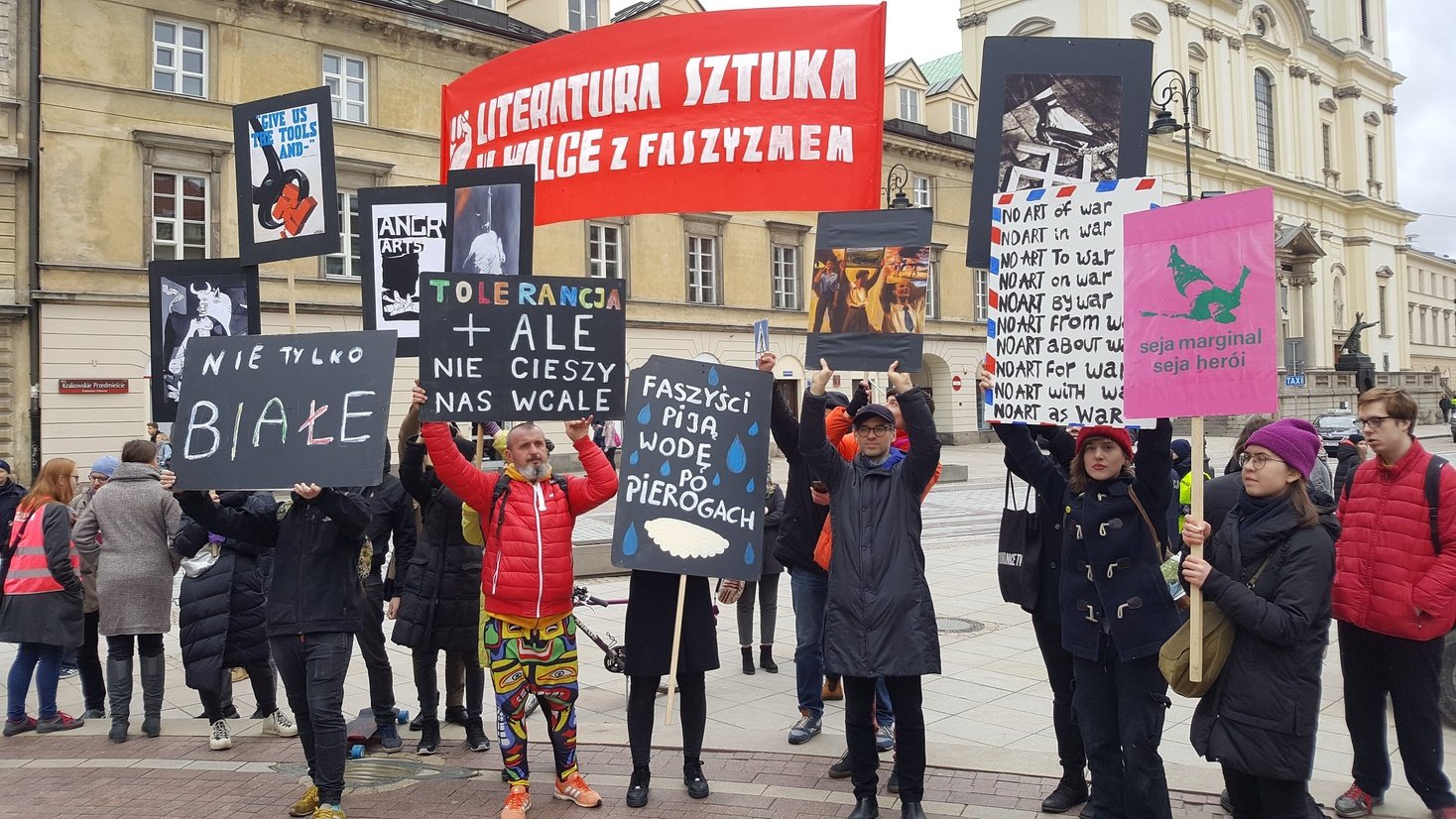
The protests from the contemporary art community are directed at what they find to be an unacceptable political meddling in the self-governance of artistic communities and its system of values and orders of expertise. This ethos motivates opposition to the authoritarian turn, typically matched with more general, political resistance to what many artists conceive as a far- right assault on the fundamental principles of democratic state and the rule of law. One should not simplify this image, however, as it is not a white-and-black conflict. This is illustrated by the fact that, generally, even though quite a lot of people quitted their jobs in the aforementioned institutions, they have done so voluntarily, and the teams working there remain politically diverse, even including those with liberal or leftist inclinations. Quite a lot of artists with leftist or liberal inclinations refuse to partake in the exhibitions there, especially when they are initiated by new directors, which amounts to an informal boycott (no formal boycotts have been announced or agreed). Politically, there are some running projects , such as the ministerial plan to establish a social insurance scheme for artists, that are basically bipartisan and could also have positive effects.
From the centre to the periphery
Even though the most important art centres and museums are located in Warsaw, financed from central budgets and stand under direct political control of a right-wing government, the vast majority of small and medium institutions remains financed by municipalities or regions. This geography is crucial to understand both the influence and limitations of the authoritarian turn in arts. The thrust of this assault is focused on taking control of key institutions, trying to influence the art field from the top-down or from centre to periphery . The municipalities and regions are mostly controlled by the political opposition (a key difference between Poland and Hungary, for example), which provides a decent red (even if under-resourced, less connected and visible) shelter from the authoritarian turn in artistic policies.
The vast majority of larger exhibitions and more resource-intensive projects is supported by various forms of public funding, cultural grants provided by regional, central or international founders (including the EU and an array of private foundations). In this respect, the authoritarian government tends to employ a strategically-inclined cultural policy, aimed at capacity building of its allied front organisations. In contrast to technocratic, neoliberal grant-making that prioritises short-term projects and quantitative, market-like measures of success, authoritarian policies are set in the strategic political horizon. In other words, they often support people and infrastructures, investing in the creation of strong front organisations with the aim of providing cultural backing for their own political agenda. Even though this manipulation of cultural policy is often labelled as corruption and outright politicisation of funding, it still delivers in building institutional support structures and networks of right-wing allegiance[9]. At the same time, the organisations with liberal and leftist inclinations are weakened by the neoliberal cultural audit cultures, clearly outmatched by their right-wing ideological competitors.
The political tendency in the public institutions and financing creates a structural gap that the art market should fill, according to its uncritical supporters. But it can’t, Art galleries are simply too weak, too competitive, and too focused on artistic merchandise. Some gallerists and critics however claim that their sales are boosted by the oppositional aura of art, understood as a refuge for feminist, LQBTQ+, antiracists and generally progressive political positions, bolstered by the mass participation of artists in the prodemocratic and antiauthoritarian protests of the last years . They offer a much-needed lifeline for a few, but are unable to solve problems encountered by the many.
The self-proclaimed bearers of cultural revolution are left in a cultural vacuum. In fact, their main audience are their own political patrons
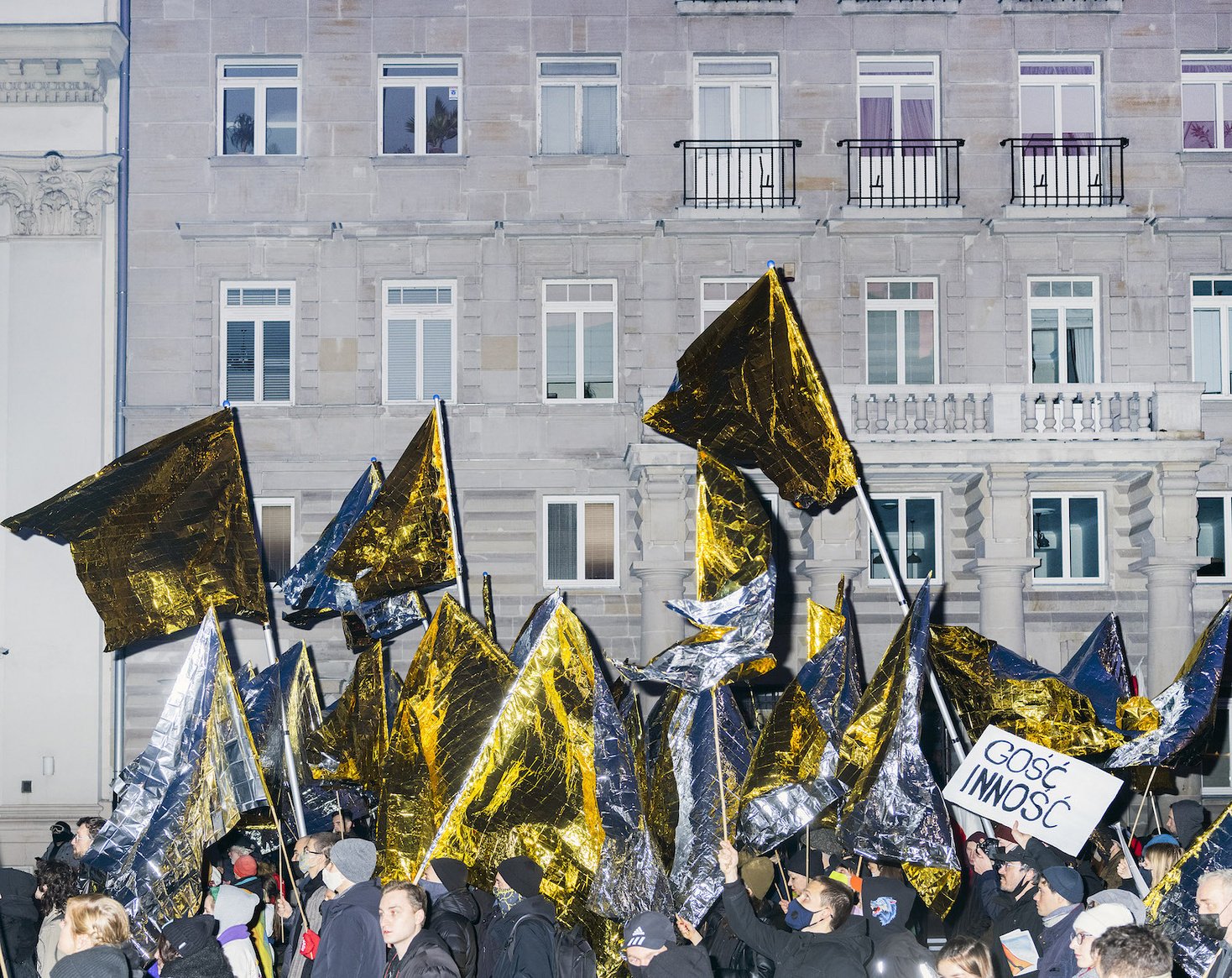
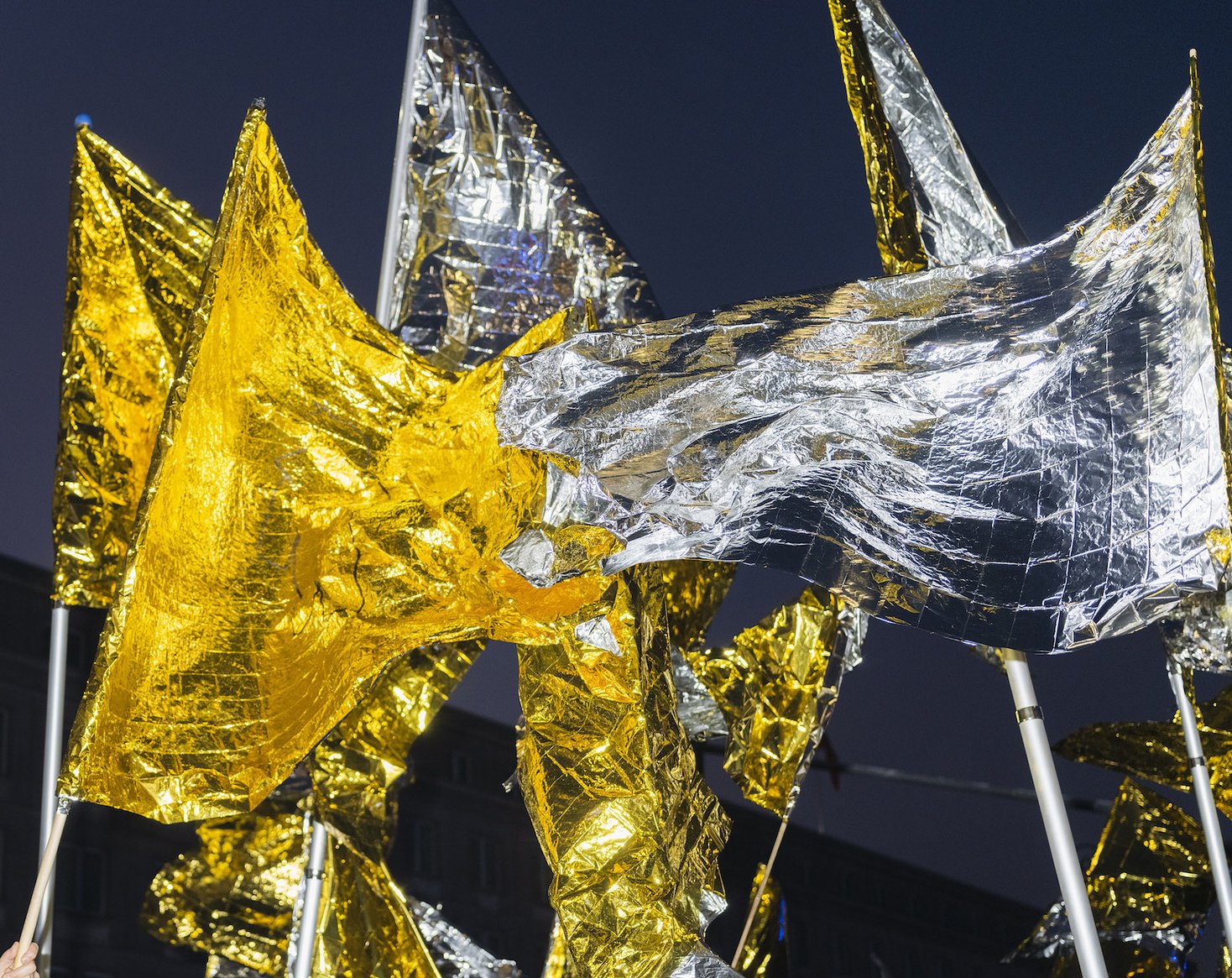
It is important to emphasise that the vast majority of artistic institutions located outside of Warsaw are not under direct control of central agencies. The Law and Justice Party has not managed to win power in the vast majority of Polish cities, and its appeal in urban centres has been always very limited. Its power base is rooted in the Polish countryside and less urbanised regions of the South-Eastern Poland, regions that are much more conservative and religious. The right-wing politicians – in accordance with the logic of culture wars – stir and exploit those sentiments, labelling issues such as women or LGBTQ+ rights as globalised cultural fashions, ideological imports from the ‘ West’ . Here contemporary art often serves as a convenient strawman, an ideological field to be retaken in the course of conservative revolution.
The paradox is that the institutions and policies in question operate in and are aimed at publics in Warsaw or other urban centres. Homophobia, antisemitism, or other forms of alt-right propaganda, are typically derided or – ignored by the young urbanites, a cohort typically interested in contemporary art, while the silent majority, whose unspoken authority is evoked by alt-right directors, is not a typical art audience. Hence, the self-proclaimed bearers of cultural revolution are left in a cultural vacuum. In fact, their main audience are their own political patrons. They do, however, operate within a strategic horizon. The role of contemporary art institutions is to provide space of expression for the new forms of ‘conservative avant-garde’ that would merge the contemporary artistic forms with the conservative contents – this idea is not as exotic as it may sound, just think about the alliance of futurists with the Italian fascists. The agents of the authoritarian turn aim at building new, cultural elites of right-wing allegiance.
It is not surprising that institutions and people of contemporary art are not particularly interested in following these pathetic lines of authoritarian reasoning that would see them subjected to correctional facilities. If anything, quite a few of them find themselves on the opposing front of the culture wars. In result, the conservative avant-garde is animated by a very small group of cultural operators and their political patrons. However, their ideas are a hard sell for Gen Z, who were politicised during the women strikes, LGBTQ+ prides, and antiauthoritarian protests. Left to its own devices, with limited artistic and public appeal, this authoritarian revolution in contemporary art is fizzling before it has had a major impact. Hopefully for good.
A Dutch version of this text appeared in in Metropolis M No 6 2022-2023 Zigzag 2022>2023
[1] A report on the protests in December 2021, and a call for further action, can be found in the account of famous Polish art historian Maria Poprzęcka, Zachęta Przejęta (Zachęta is Taken): https://www.dwutygodnik.com/artykul/9886-zacheta-przejeta.html
[2] The summary of the situation in Zachęta The Crisis in Poland’s Museum, published by Magdalena Moskalewicz in December 2022 in ArtNews: https://www.artnews.com/art-in-america/columns/issues-and-commentary-zacheta-janusz-janowski-1234613869/
[3] The protests are summarized in a short protest note by CIMAM A key institution for Polish cultural heritage of post-Cold War era under threat from November 2019: https://cimam.org/news-archive/key-institution-polish-cultural-heritage-post-cold-war-era-under-threat/
[4] The vocal example of such criticism can be found in An Open Letter to Piotr Bernatowicz, the Director of the Ujazdowski Castle Center for Art, published by Viktor Witkowski in October 2021 in Hyperallergic: https://hyperallergic.com/685718/an-open-letter-to-piotr-bernatowicz/
[5] The protests sparked by the exhibition Political Art, opened in August 2021, were summarized by Dorian Batycka, Crowds Gather to Protest Warsaw’s Leading Contemporary Art Museum, Which Just Mounted an Anti-‘Cancel Culture’ Art Show: https://news.artnet.com/art-world/ujazdowski-castle-exhibition-2003364
[6] For example, in October 2021, CCA Ujazdowski Castle organized a meeting Antifa against freedom, with American alt-right journalist and activist Andy Ngo https://u-jazdowski.pl/en/programme/exhibitions/sztuka-polityczna/antifa-przeciwko-wolnosci-spotkanie-z-nbsp-andym-ngo
[7] Open letter of The Anti-Fascist Year regarding censorship at the Centre for Contemporary Art Ujazdowski Castle can be found here: https://rokantyfaszystowski.org/en/open-letter-of-the-anti-fascist-year-regarding-censorship-at-the-centre-for-contemporary-art-ujazdowski-castle/
[8] The summary of these protests can be found in the feature by Anny Shaw from May 2022, ‘A shock to the community worldwide’: directors of Tate, Guggenheim and MoMA condemn ousting of Polish museum head: https://www.theartnewspaper.com/2022/05/30/a-shock-to-the-museum-community-worldwide-leading-museum-directors-condemn-ousting-of-polish-museum-head
[9] Here one can find database of features on the Narodowy Instytut Wolności (The National Institute of Freedom), published over years by an independent media outlet Oko Press: https://oko.press/tag/narodowy-instytut-wolnosci-centrum-rozwoju-spoleczenstwa-obywatelskiego/
Kuba Szreder
is a researcher, lecturer and independent curator. He works as an associate professor at the Art Theory department of the Academy of Fine Arts in Warsaw